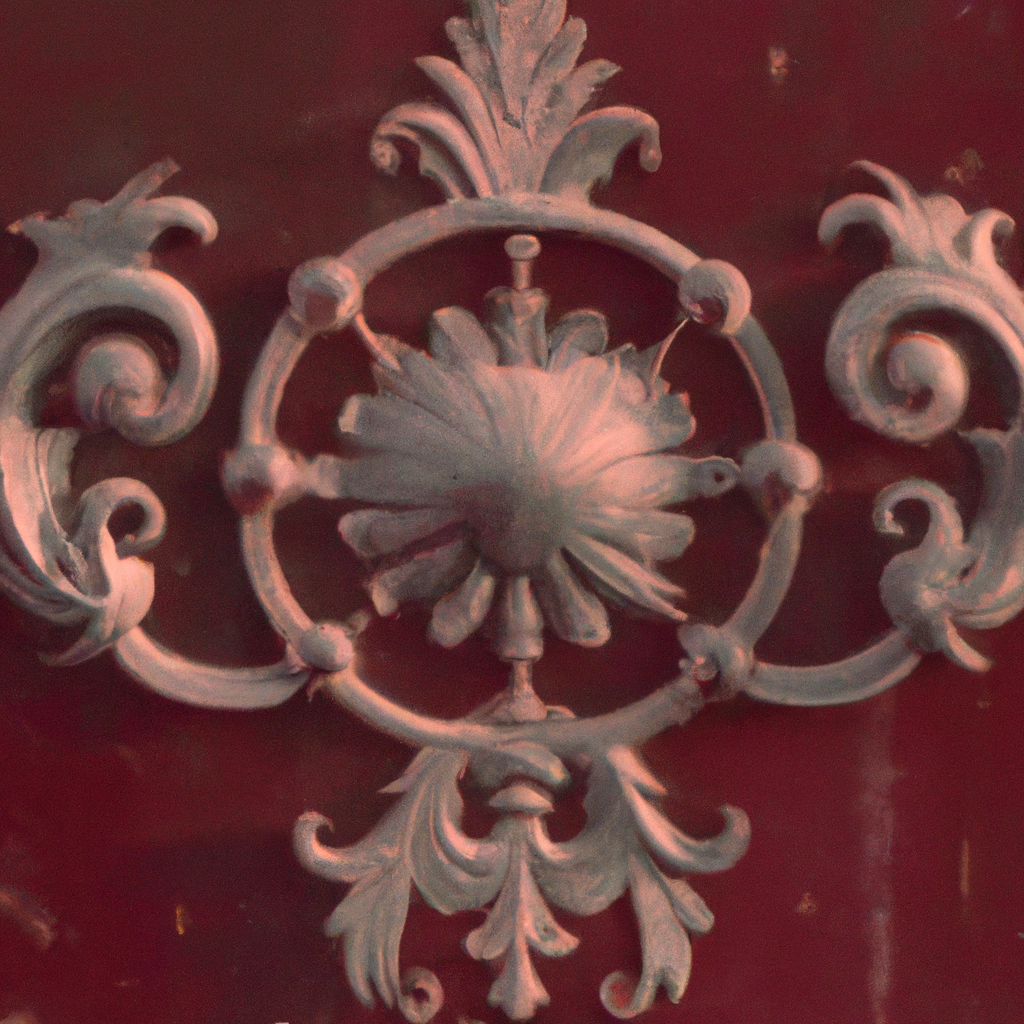Creating art is a form of expression that has been practiced for centuries. One of the most popular forms of art is sculpture, which involves the creation of three-dimensional art pieces. One of the types of sculpture is relief sculpture art, which involves the creation of a sculpture that is attached to a flat surface. In this article, we will explore the techniques involved in creating relief sculpture art and provide sculpture art tips and relief art methods.
1. Planning and Sketching
Before creating a relief sculpture art piece, it is essential to plan and sketch out the design. This step helps the artist to have a clear vision of the final product. Sketching also helps the artist to explore different designs and techniques that can be incorporated into the sculpture.
2. Choosing the Right Material
The choice of material is crucial when creating a relief sculpture art piece. The most common materials used include wood, stone, clay, and metal. Each material requires specific sculpting techniques and tools.
3. Preparing the Surface
The surface on which the relief sculpture art piece will be attached needs to be prepared. This step involves cleaning the surface and applying a coat of primer to ensure that the sculpture adheres to the surface.
4. Carving
Carving is the process of removing excess material to create a relief sculpture art piece. The artist can use chisels, knives, and other carving tools to create the desired design. When carving, it is essential to start with the general shape and gradually work on the details.
5. Modeling
Modeling is the process of adding material to the sculpture to create a specific shape or design. The artist can use clay or plaster to create the desired shape. Modeling is usually done to add texture and depth to the sculpture.
6. Finishing
Finishing involves adding the final touches to the sculpture. This step includes smoothing rough edges, adding color, and polishing the surface. The artist can use a variety of techniques to finish the sculpture, including sanding, painting, and varnishing.
Relief Sculpture Art Tips:
1. Choose the right tools and materials. The type of material and carving tools used can significantly affect the final product.
2. Focus on details. Relief sculpture art is all about details. Pay attention to the small details and work on them gradually to create a beautiful final product.
3. Practice regularly. Sculpture art is a skill that can be improved with practice. Regular practice can help the artist to develop their skills and techniques.
4. Experiment with different techniques. There are many different techniques that can be used to create relief sculpture art. Experimenting with different techniques can help the artist to find their style and improve their skills.
Relief Art Methods:
1. High Relief
High relief involves creating a sculpture that protrudes significantly from the surface. This technique creates a dramatic and three-dimensional effect, making the sculpture stand out.
2. Low Relief
Low relief involves creating a sculpture that is attached to the surface, but only slightly protrudes. This technique creates a subtle three-dimensional effect, perfect for creating intricate designs.
3. Sunken Relief
Sunken relief involves carving the design into the surface, creating a depression. This technique is ideal for creating intricate designs and can be combined with high relief to create a dramatic effect.
In conclusion, creating relief sculpture art is a challenging but rewarding process. The techniques involved in creating relief sculpture art require patience, skills, and practice. By following the tips and methods outlined in this article, artists can develop their skills and create beautiful relief sculpture art pieces.







